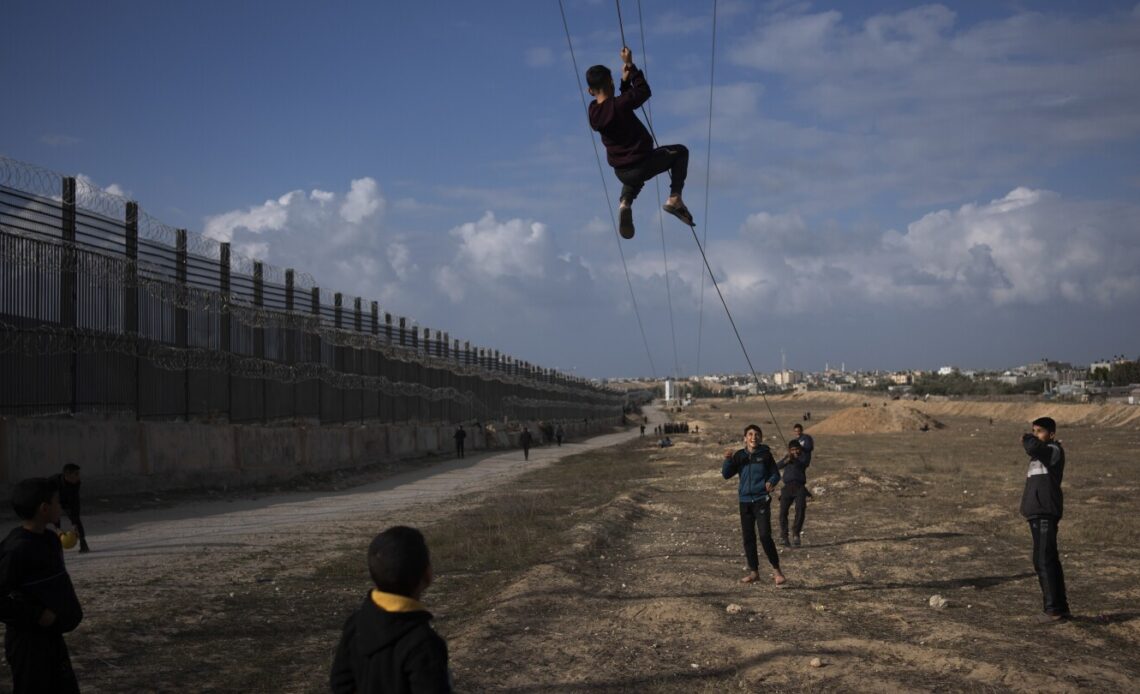Israel’s demand for lasting control over two strategic corridors in Gaza, which Hamas has long rejected, threatens to unravel cease-fire talks aimed at ending the 10-month-old war, freeing scores of hostages and preventing an even wider conflict.
Officials close to the negotiations have said Israel wants to maintain a military presence in a narrow buffer zone along the Gaza-Egypt border it calls the Philadelphi corridor and in an area it carved out that cuts off northern Gaza from the south, known as the Netzarim corridor.
It’s unclear if Israeli control of these corridors is included in a U.S.-backed proposal that Secretary of State Antony Blinken has called on Hamas to accept to break an impasse in cease-fire talks. Blinken, who is back in the region this week, said Monday that Israel had agreed to the proposal without saying what it entails.
Israeli Prime Minister Benjamin Netanyahu says control of the Egyptian border area is needed to prevent Hamas from replenishing its arsenal through smuggling tunnels and that Israel needs a “mechanism” to prevent militants from returning to the north, which has been largely isolated since October.
Hamas has rejected those demands, which were only made public in recent weeks. There was no mention of Israel retaining control of the corridors in earlier drafts of an evolving cease-fire proposal seen by The Associated Press.
Hamas says any lasting Israeli presence in Gaza would amount to military occupation. Egypt, which has served as a key mediator in the monthslong talks, is also staunchly opposed to an Israeli presence on the other side of its border with Gaza.
What are the corridors and why does Israel want them?
The Philadelphi corridor is a narrow strip — about 100 meters (yards) wide in parts — running the 14-kilometer (8.6-mile) length of the Gaza side of the border with Egypt. It includes the Rafah Crossing, which until May was Gaza’s only outlet to the outside world not controlled by Israel.
Israel says Hamas used a vast network of tunnels beneath the border to import arms, allowing it to build up the military machine it used in the Oct. 7 attack that triggered the war. The military says it has found and destroyed dozens of tunnels since seizing the corridor in May.
Egypt rejects those allegations, saying it destroyed hundreds of tunnels on its side of the border years ago and set up a military buffer zone of its own that prevents…

